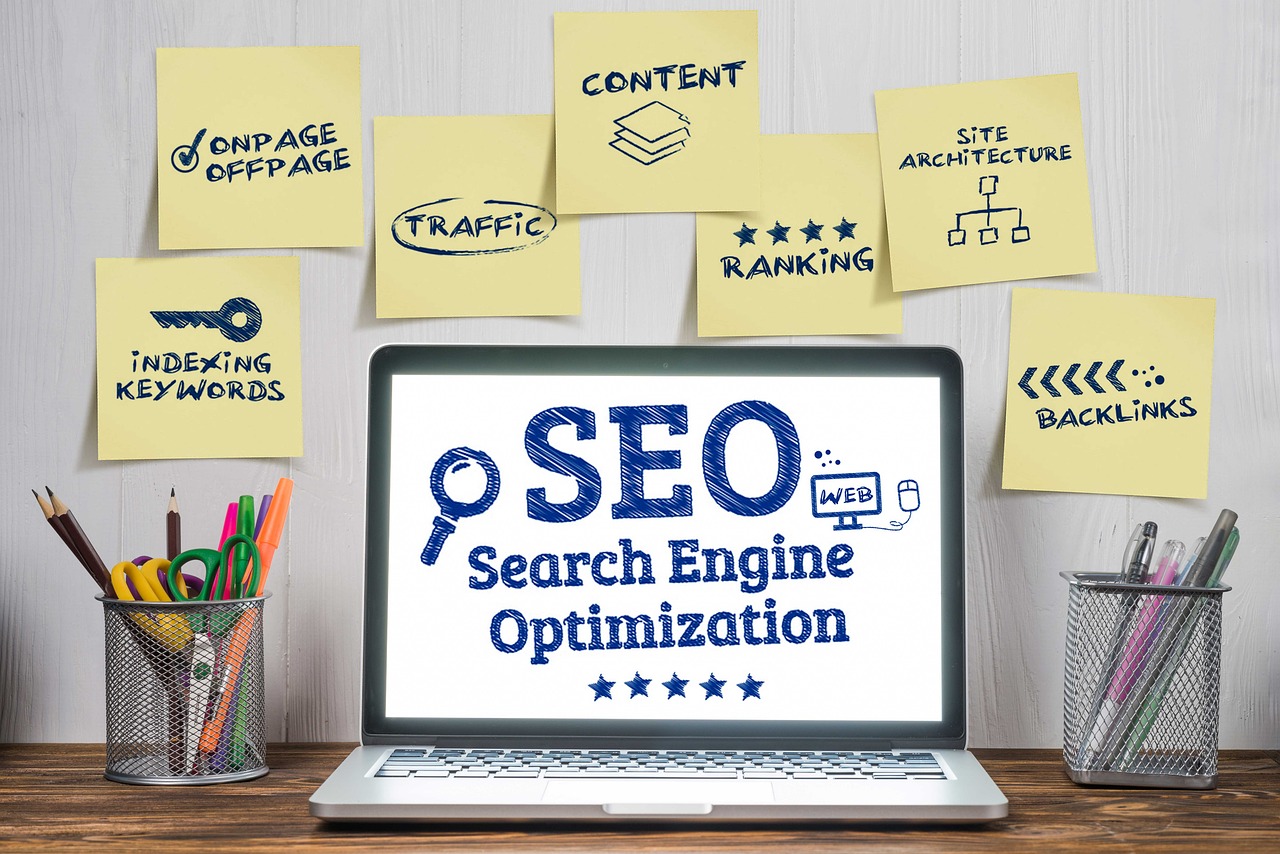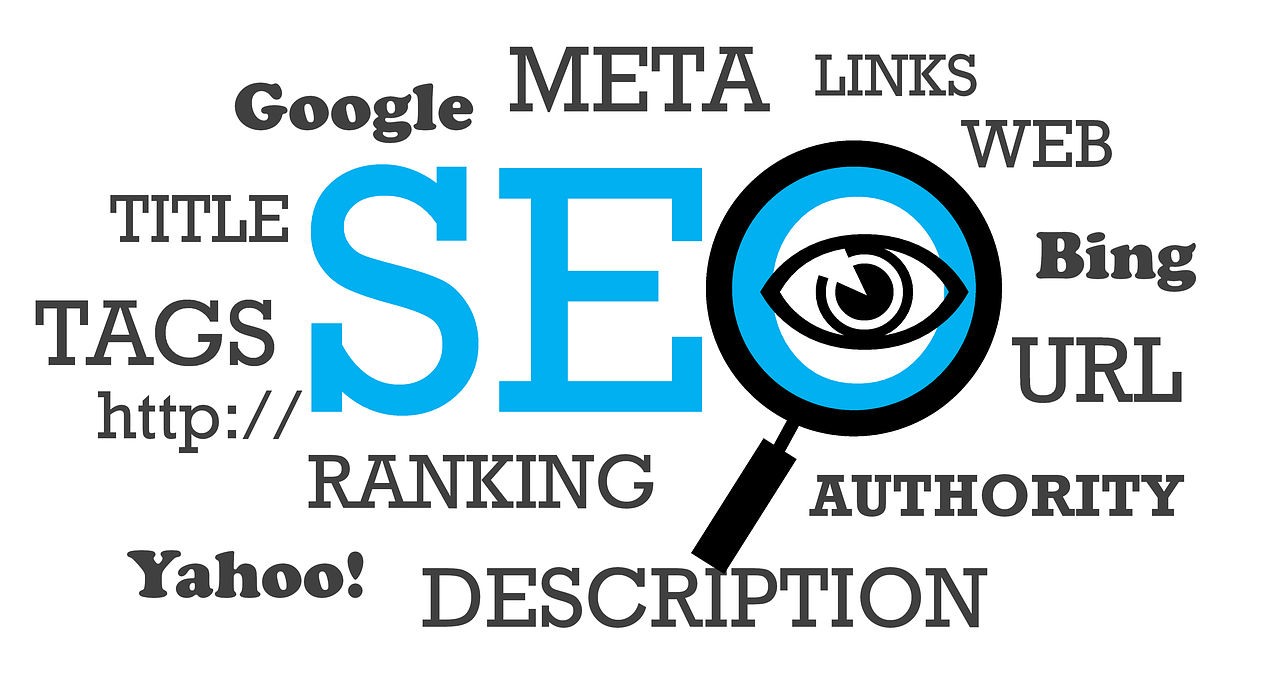
|
IN BRIEF
|
International SEO is the crucial practice of tailoring your website to effectively reach audiences across various countries and languages. By understanding the fundamentals of this process, businesses can enhance their visibility in search engines and attract traffic from diverse global markets. This involves implementing strategies such as utilizing appropriate language and country codes, setting optimal URL structures, and including hreflang tags, which signal to search engines the intended audience for your content. Mastery of these best practices allows companies to successfully navigate the complexities of promoting their brands internationally, ensuring they connect with the right customers, wherever they may be.

Understanding International SEO
International SEO is a specialized process focused on optimizing your website to effectively reach a global audience. This involves ensuring that search engines can easily identify the target countries and languages relevant to your content. By employing a combination of strategic content marketing techniques and technical optimizations, you can enhance your site’s visibility across various search engines around the world.
Two fundamental aspects to consider include the development of a robust content strategy and the technical structure of your website. For instance, using language and country codes within your site’s URLs can significantly aid search engines in determining the appropriate audience. Moreover, implementing hreflang tags enables search engines to understand which versions of your content are intended for specific linguistic or regional markets. These practices play a crucial role in driving targeted traffic from diverse corners of the globe while improving overall search engine rankings.

Understanding International SEO
International SEO is essential for businesses looking to expand their reach across different geographical locations and languages. This practice involves a range of strategies that help search engines recognize the specific countries and languages a website is targeting. For example, consider that Google serves local results based on users’ search behaviors; thus, a well-optimized website can significantly increase its visibility globally, attracting traffic from multiple regions. According to recent studies, over 70% of consumers are more likely to purchase a product if it is presented in their native language, highlighting the importance of localizing content.
Moreover, there are two critical components to consider in the realm of international SEO: the technical aspect and content marketing strategies. These strategies include using appropriate language and country codes and structuring URLs effectively. The implementation of hreflang tags is another vital practice, helping search engines serve the correct language or regional version of a page to users. It’s noteworthy that while optimizing for different regions, it’s important to keep in mind how search engines perceive content. For instance, while some may prioritize translated content, others value unique, region-specific articles that resonate with local audiences. Therefore, understanding these aspects enables businesses to tailor their approaches effectively, ensuring they cater to both technical and cultural nuances of their target markets.
Understanding International SEO
The Importance of Optimization for Global Presence
International SEO is essential for businesses seeking to reach a broader audience across different countries and languages. By optimizing your website, search engines can better understand which specific regions you aim to target and in what languages your content is presented. This practice not only enhances visibility but also drives relevant traffic from various parts of the globe. For an effective international SEO strategy, it is crucial to consider both your content marketing and technical SEO aspects.
One practical approach is to implement detailed geographic targeting. Utilizing tools like geo-targeting tags allows search engines to recognize your audience’s location, ensuring that users in specific regions receive relevant content. For example, creating region-specific landing pages can significantly improve user experience and engagement.
- Utilize Language & Country Codes: Make sure to use the appropriate language and country codes to indicate the desired audience.
- Implement Hreflang Tags: These tags help search engines serve the correct language or regional URL in search results.
- Optimize URL Structures: Consider using subdirectories or subdomains that reflect the targeted language or region.
- Create High-Quality Localized Content: Tailor your content to meet the cultural and linguistic needs of your targeted audience.
By following these guidelines, businesses can effectively enhance their online visibility in diverse markets. To delve deeper into these strategies, refer to resources like this insightful blog or explore comprehensive guides on the fundamentals of international SEO.

Understanding International SEO
International SEO is crucial for businesses aiming to reach a global audience. It involves optimizing your website so that search engines can effectively identify the target countries and languages you wish to serve. This encompasses both the content marketing strategy and the technical aspects of the website.
When implementing international SEO, it is essential to consider two fundamental elements: the proper use of language and country codes and the appropriate URL structures. Additionally, utilizing hreflang tags ensures that search engines understand which language version of your site should be displayed to users based on their geographic location.
Furthermore, optimizing your content for specific search engines increases visibility and improves rankings across various regions. By focusing on a comprehensive international SEO strategy, businesses can effectively drive traffic from diverse parts of the world, expanding their reach and improving user engagement.
Utilizing best practices in international SEO is imperative to staying competitive in the digital landscape. It ensures that your website is not only accessible but also relevant to users across different cultures and languages.

International SEO is a crucial aspect of digital marketing that focuses on optimizing your website for a global audience. At the heart of this strategy lies the need to clearly communicate to search engines which countries and languages your content is intended for. This ensures that your website ranks appropriately in various regions, enhancing visibility and driving relevant traffic.
Key best practices include implementing appropriate language and country codes, structuring URLs strategically, and utilizing hreflang tags. These elements help search engines understand where to direct users in different geographical locations. Additionally, it’s essential to consider both the content marketing strategy and the technical foundation of your website when aiming for success in international optimization.
As businesses continue to expand across borders, mastering international SEO can significantly influence growth opportunities. Understanding these fundamentals is not just beneficial but essential for any entity looking to thrive in an interconnected digital landscape.
